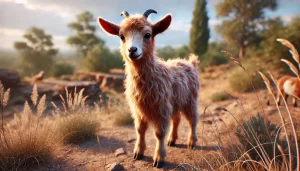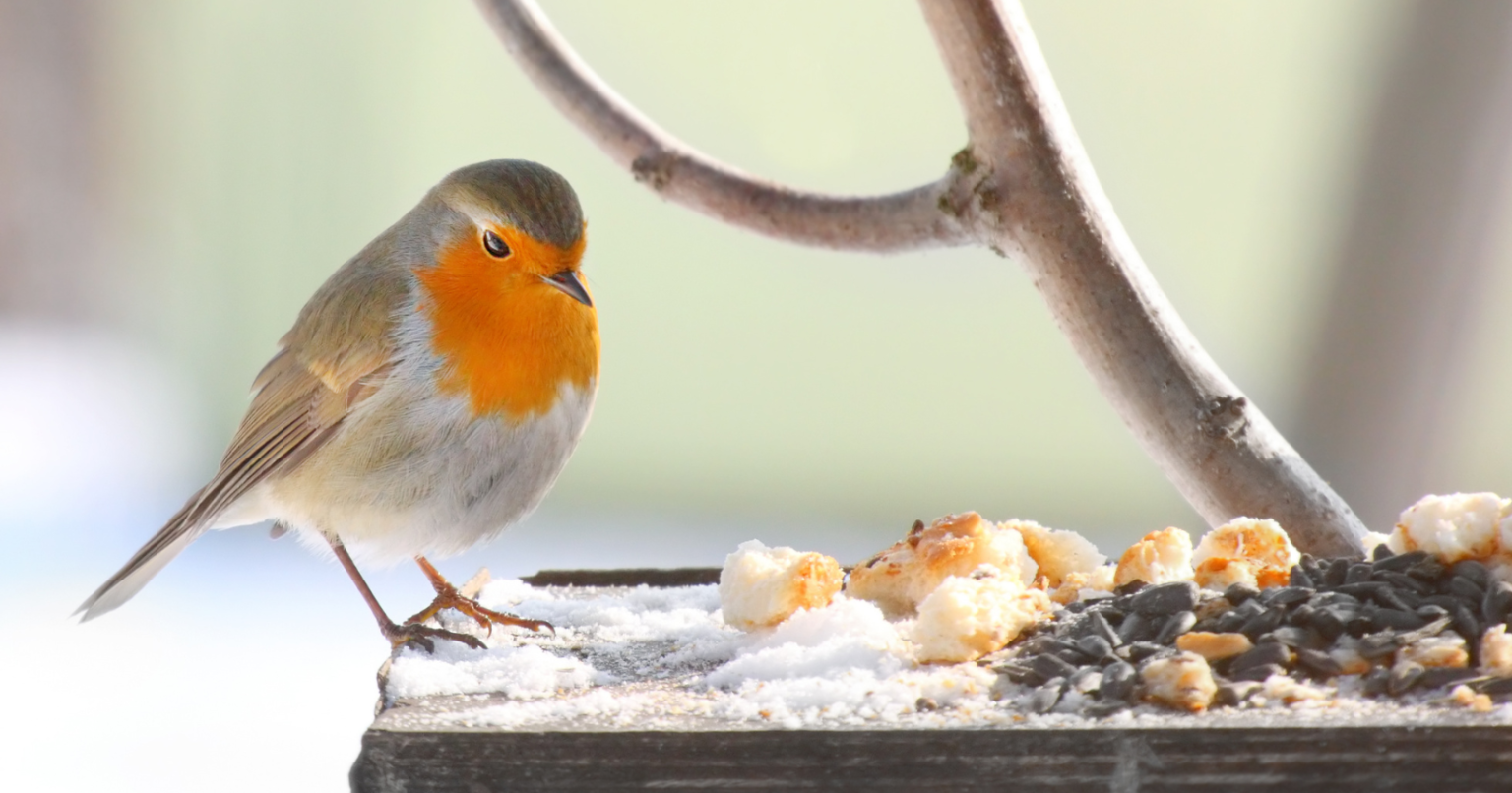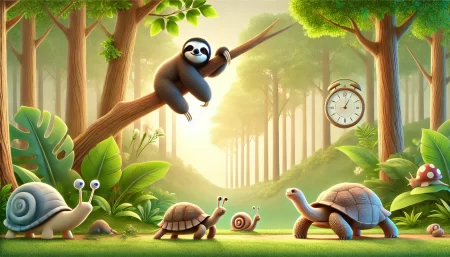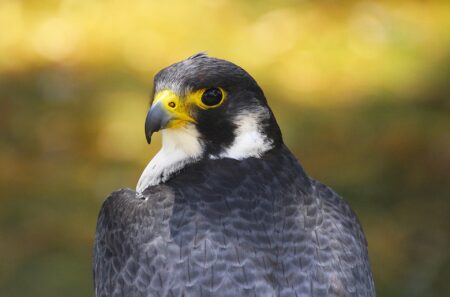Are you looking for bird-feeding tips that can inspire your thinking? If yes, then you have come to the right place. Bird-feeding has become a popular activity among many people. It’s not just about attracting birds to your backyard. It’s about providing them with essential food sources for survival.
You can attract birds by setting up bird feeders with sunflower, millet, and nyjer seeds. Such as finches, cardinals, chickadees, sparrows, and more. Different feeders, like tube feeders, platform feeders, and suet feeders, cater to the diverse feeding habits of birds.
Using feeders equipped with baffles can help deter squirrels from monopolizing the food meant for birds. This blog post discusses bird feeding, covering feeders and seeds, and attracting different bird species. Get ready to learn how to create a bird-friendly environment outside your door.
Should you always keep bird feeders full?
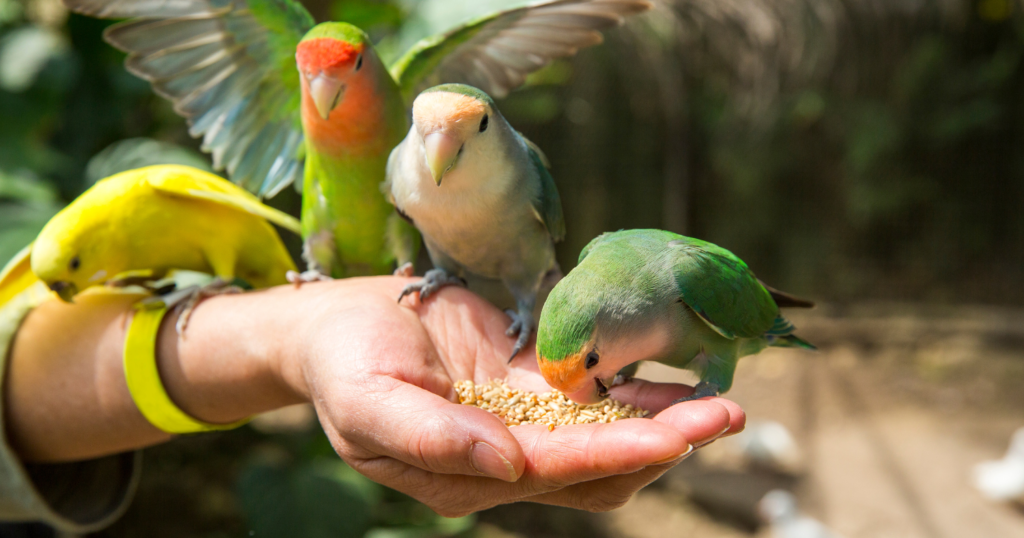
Keeping bird feeders full can be a lifeline for many birds in your backyard. When you have a bird feeder, it’s like putting out a welcome sign for them.
Different types of birds prefer different types of food and feeders. For example, ground-feeding birds like sparrows and doves enjoy scattered food on the ground, while insect-eating birds like woodpeckers may prefer suet feeders.
You should have the right type of feeder for the birds you want to attract. Perch feeders are great for birds that like to sit and eat, while tube feeders with small feeding ports work well for smaller birds.
But here’s the thing if you’re going to put out food, you’ve got to keep it clean. Dirty feeders can spread disease among birds. So, occasionally, it’s best to clean your bird feeder with one part bleach to nine parts water.
10 Amazing Bird Feeding Tips
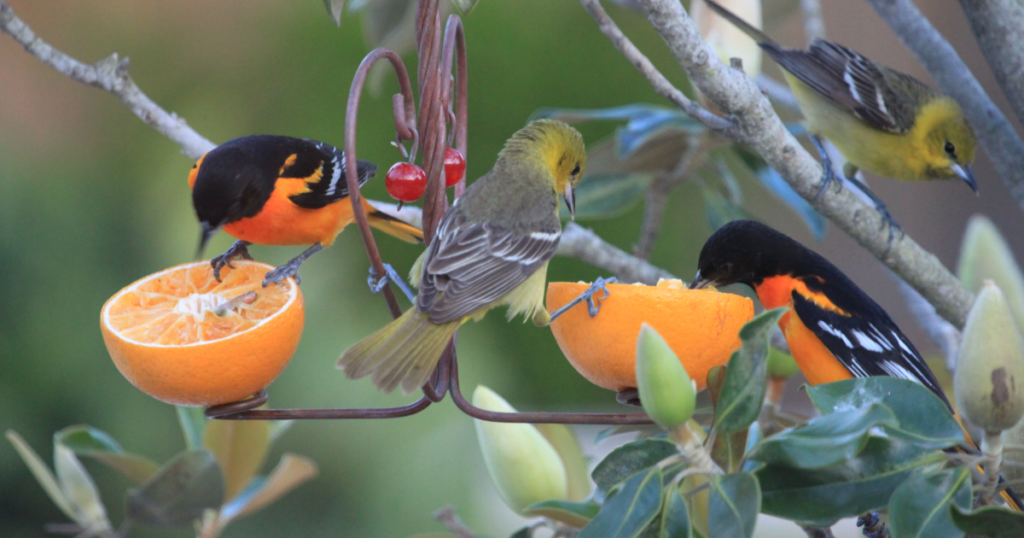
Feeding birds in your backyard can be a rewarding experience, bringing life and color to your outdoor space while supporting local bird populations. Whether you’re new to backyard birding or a seasoned enthusiast, here are ten tips to help you attract and care for our feathered friends.
1. Choose the Right Feeders
Selecting the right feeders is crucial to attracting various birds to your yard. Different species prefer different feeders, such as hopper feeders, suet cages, or platforms. Make sure to use a feeder with smaller openings for small-beaked birds and consider placing multiple feeders throughout your yard to accommodate different species.
2. Provide Fresh Water
Water is essential for birds to drink and bathe. Ensure that you provide a shallow birdbath or water source that is regularly cleaned and refreshed. This helps birds stay hydrated and attracts more species to your yard.
3. Choose Right Location
Where you place your feeders can greatly impact their effectiveness and safety. Position feeders away from potential predators like cats and squirrels and near natural cover such as trees or shrubs. Placing feeders within five feet of the ground can also help prevent window collisions.
4. Keep Feeders Clean
Regular maintenance of your feeders is essential for the health of visiting birds. Clean feeders monthly with a solution of one part bleach to nine parts water to prevent the spread of diseases. Removing old or moldy food and cleaning up any mess below your feeder can also help keep birds healthy.
5. Offer Variety of Food
Offering a variety of foods can attract many bird species to your yard. Experiment with seed blends, fruits, nuts, and suet to see what birds prefer. This diversity can also provide essential nutrients for birds throughout the year.
6. Keep Cats Indoors
Outdoor cats pose a significant threat to wild bird populations. Please keep your pet cats indoors or supervised outside to prevent them from hunting birds in your yard. You can also discourage neighborhood cats by installing deterrents or keeping bird feeders out of their reach.
7. Enjoy the Birds
Take the time to sit back and enjoy the birds that visit your yard. Observing their behavior and interactions can be a fascinating experience. Keep binoculars handy for a closer look at notable nectar-loving birds or ground-feeding species.
8. Prevent Window Collisions
Reduce the risk of window collisions by placing feeders close to windows or using window decals to make glass more visible to birds. This can help prevent injuries or fatalities caused by birds flying into windows, especially during migration or in winter temperatures.
9. Support Natural Food Sources
While feeders may attract birds, supporting natural food sources is essential. Planting native flowers, shrubs, and trees can provide additional food and shelter for birds throughout the year. Encourage birds to feed in shrubs by placing feeders near them.
10. Care for Sick Birds
If you notice sick birds visiting your feeders, it’s essential to take action to prevent the spread of the disease. Remove feeders temporarily and clean them thoroughly to reduce the risk of transmission. Contact local wildlife authorities for advice on how to help sick birds safely.
By following these tips, you can create a welcoming environment for birds in your backyard while also helping to support local bird populations. Remember to clean and maintain your feeders regularly, provide fresh water, and enjoy the beauty of the feathered visitors to your yard.
How do I choose a bird feeder?
Choosing a bird feeder involves considering several factors to attract and accommodate the types of birds you want to attract, the space you have available, and your preferences. Here’s a step-by-step guide to help you choose the right bird feeder:
- Identify the Birds: Determine which bird species you want to attract. Different birds have different feeding preferences, so knowing the types of birds in your area will help you select the appropriate feeder.
- Feeder Type: There are several types of bird feeders, including tube feeders, platform feeders, hopper feeders, suet feeders, and nectar feeders. Choose a feeder type based on the birds you want to attract and the food you want to offer.
- Food Type: Decide on the type of food you want to provide. Common bird foods include seeds, nuts, suet, mealworms, and nectar. Make sure the feeder you choose can accommodate the type of food you plan to offer.
- Feeder Size: Consider the size of the feeder based on the number of birds you want to attract and the frequency of refilling. Larger feeders will attract more birds but may require more maintenance.
- Durability: Look for feeders made from durable materials such as metal, wood, or high-quality plastic. A sturdy feeder will withstand outdoor elements and last longer.
- Ease of Cleaning: Choose a feeder that is easy to clean and maintain. Regular cleaning helps prevent the spread of diseases among birds.
- Placement: Make sure it’s accessible to birds but away from predators. Also, consider placing it near natural cover such as trees or shrubs to provide birds with a safe refuge.
- Budget: Set a budget for your bird feeder purchase. Prices can vary depending on the feeder type, size, and material.
By considering these factors, you can select a bird feeder that will attract various bird species and provide you with hours of enjoyment watching them feed in your yard or garden.
Conclusion
Selecting the appropriate feeders is essential for successfully attracting and nourishing backyard birds. Choosing the right feeders based on bird species, feeder design, and placement can significantly enhance the bird feeding experience, maximizing enjoyment for both birds and bird enthusiasts.
With careful consideration and implementation of these tips, we can foster a thriving ecosystem in our backyards while delighting in the beauty and diversity of our feathered friends.
Frequently Asked Questions
Why are different feeders placed at different levels?
Feeders are placed at different levels to accommodate various bird species’ diverse feeding preferences and behaviors. By offering feeders at varying heights, birds with different foraging habits can access food more easily.
How often should I clean bird feeders?
You should clean bird feeders at least once every two weeks to prevent the buildup of mold, bacteria, and other contaminants that can harm birds and affect food quality.
Are any human foods unsafe for birds?
Yes, many human foods can be unsafe for birds. Some common examples include foods high in salt, sugar, fat, or caffeine and containing toxins like chocolate, avocado, onions, and alcohol.


